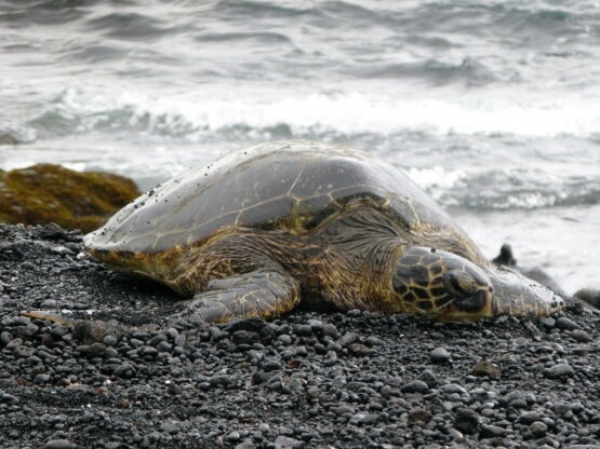With an estimated 8 million metric tons of plastic waste escaping to our oceans each year, plastic pollution adversely affects the environment, climate, and even our health. Many plastic products break down in the ocean and are ingested by marine wildlife. Scientists can study these organisms as potential bioindicators to measure how much plastic exists in different ocean regions and help assess the overall health of the marine environment.
To advance these efforts, several research organizations, including the National Institute of Standards and Technology (NIST) and Stanford University, conducted a meta-analysis, in which they statistically analyzed and combined current scientific literature to identify key marine species for monitoring plastic pollution in the North Pacific Ocean. The study provides a systematic framework for collecting data from these marine species to minimize variability in results observed between different organizations. The results will help improve information important to understanding the extent of plastic pollution in the North Pacific Ocean, the effectiveness of plastic reduction measures, and possible impacts on wildlife.
Read More at: Stanford University
A green sea turtle basking on one of the beaches in Hawaii. These marine species could serve as a potential bioindicator for plastic pollution in the North Pacific Ocean. (Photo credit: J. Lynch/NIST)


